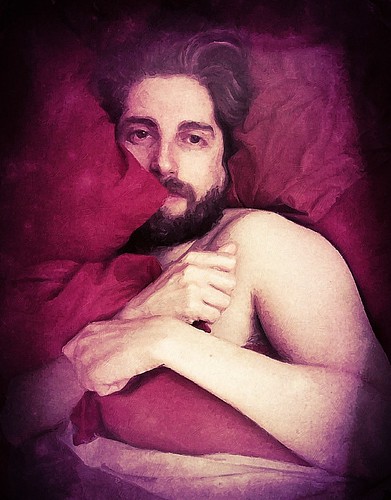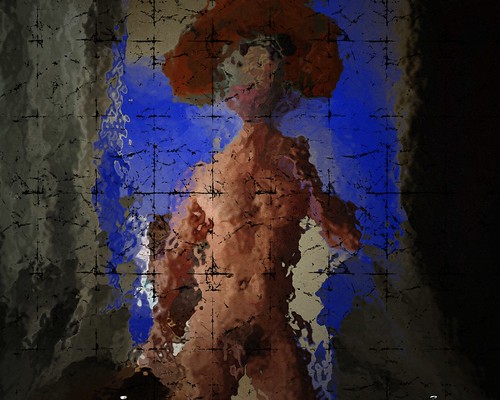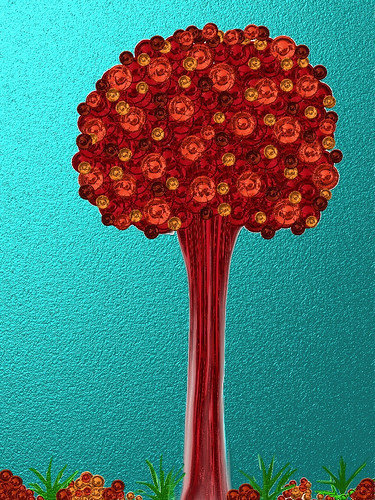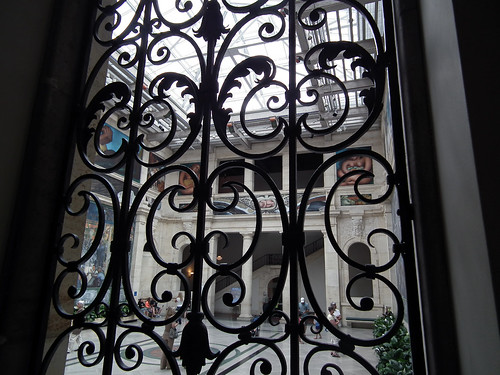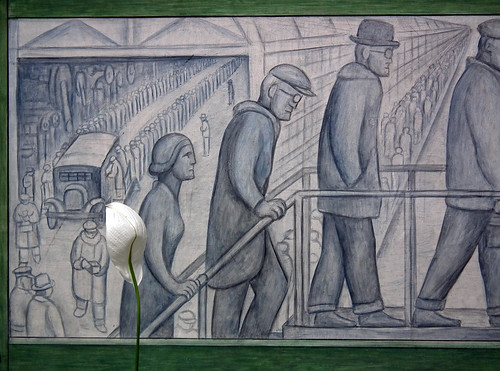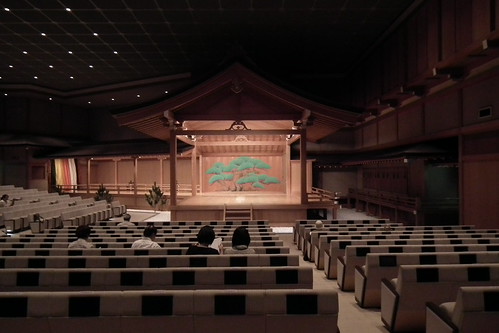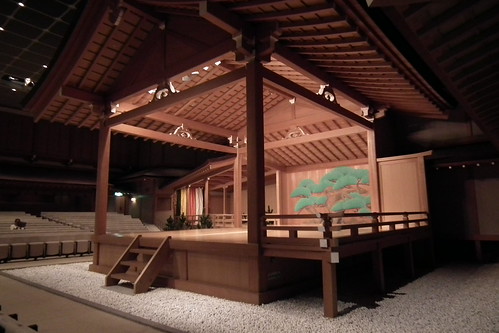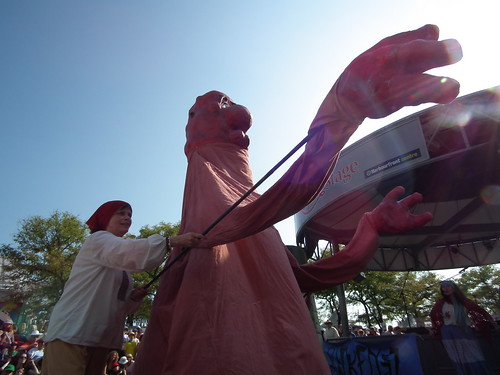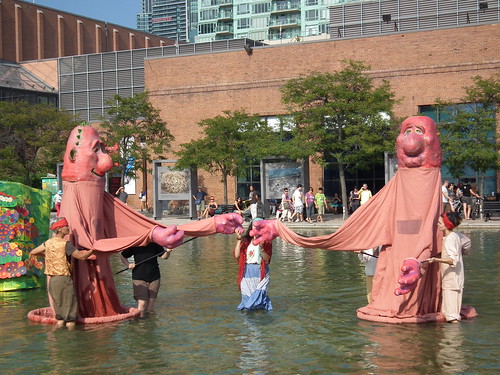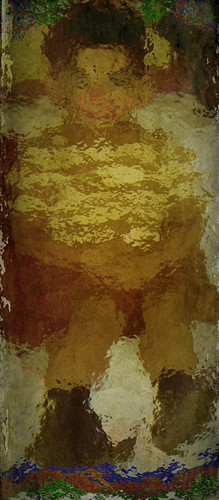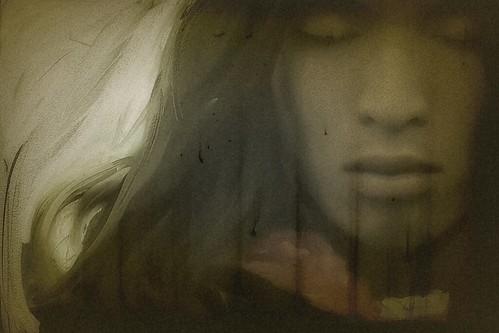 |
| Ebook of "Método de actuación de A. González Caballero" is already at the Kindle store |
It has been another long wait but the Spanish edition of my book "Método de Actuación de Antonio González Caballero" is already on sale at the Kindle store in Amazon. This is exactly the same text already published in paperback: 381 pages (more or less, depending of the Kindle app version you use) with all the exercises and "apoyos" from González Caballero's acting method, with direct quotations from the master's voice.
As commonly occur there are minimal changes from the original text, mostly because of the change of format: for example, there are no links in the list of content, but you can easily find any word or sentences in the 'search" window.
The most important and valuable thing is the price, US $ 9.99 (instead of US $20.00 + shipping of the paperback version), and that you can easily download the book to your electronic device (mobile phone, tablet or computer) and start reading and working with it almost immediately.
Here's the link to the Kindle store:
Kindle amazon:
www.amazon.com/Actuación-Antonio-González-Caballero-ebook/dp/B009HUT5AA
It's time to rest a little bit around this project (around González Caballero's Acting Method) and continue with my personal work.
Hope in no much time I can start the work of the English version of this very important book.
*
The book "Método de actuación de Antonio González Caballero" (Spanish edition), in paperback, is on sale in these sites:
Amazon España:
http://www.amazon.es/Método-Actuación-Antonio-González-Caballero/dp/1466261919
Amazon.com:
http://www.amazon.com/Actuación-Antonio-González-Caballero-Spanish/dp/1466261919
CreateSpace:
https://www.createspace.com/3677417
The ebook version:
Kindle amazon:
www.amazon.com/Actuación-Antonio-González-Caballero-ebook/dp/B009HUT5AA
Amazon España:
http://www.amazon.es/Método-Actuación-Antonio-González-Caballero/dp/1466261919
Amazon.com:
http://www.amazon.com/Actuación-Antonio-González-Caballero-Spanish/dp/1466261919
CreateSpace:
https://www.createspace.com/3677417
The ebook version:
Kindle amazon:
www.amazon.com/Actuación-Antonio-González-Caballero-ebook/dp/B009HUT5AA

